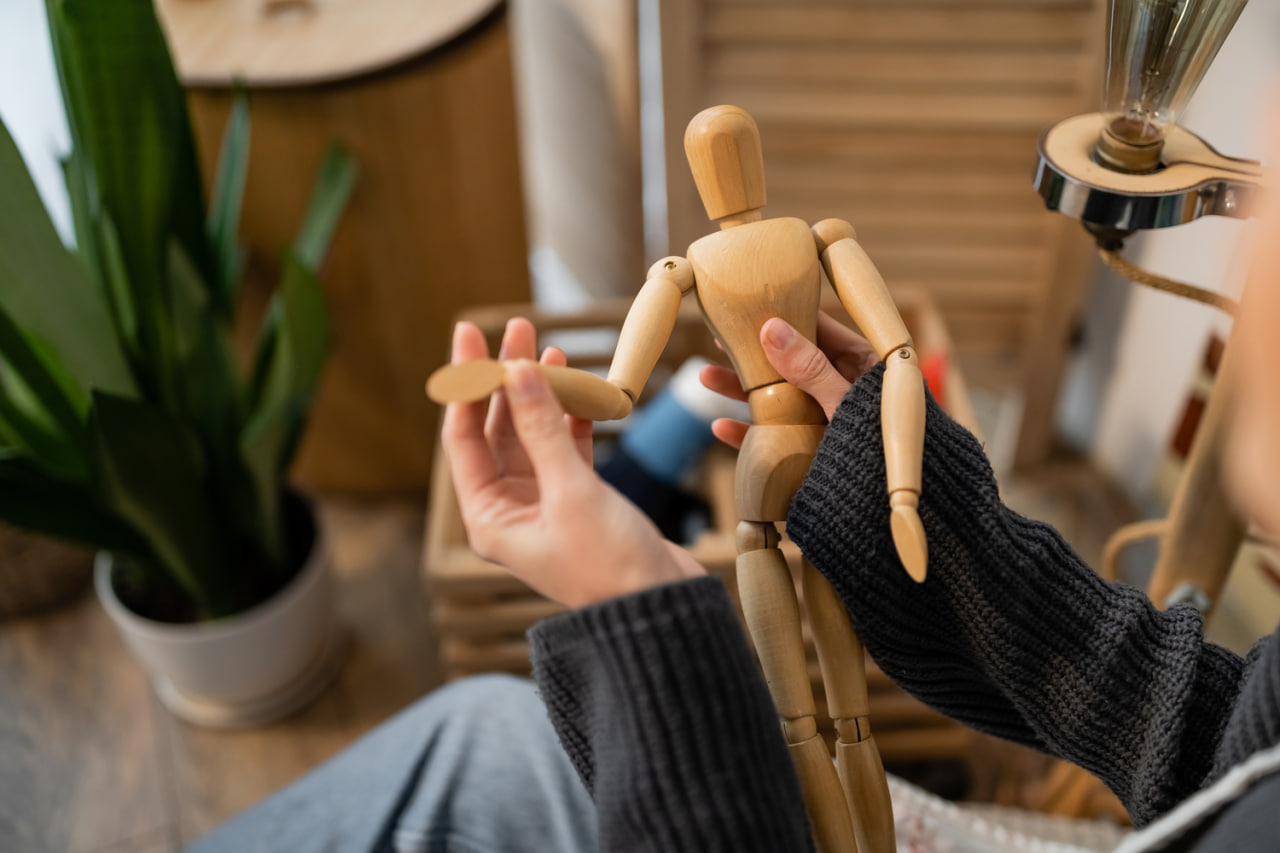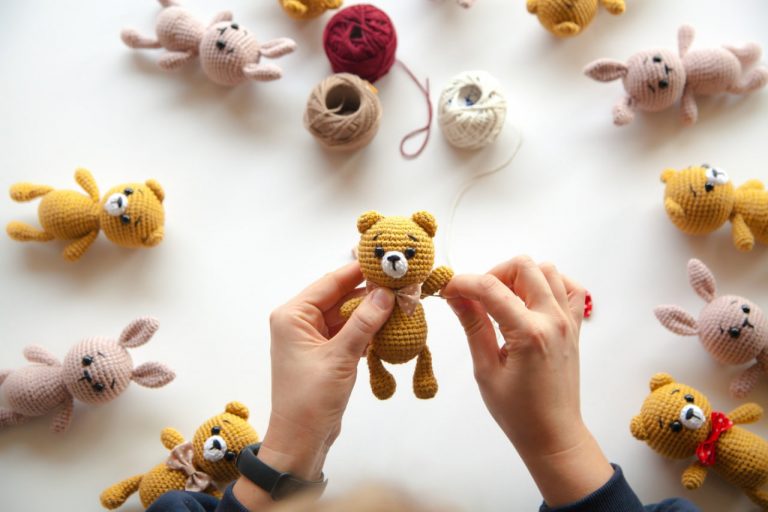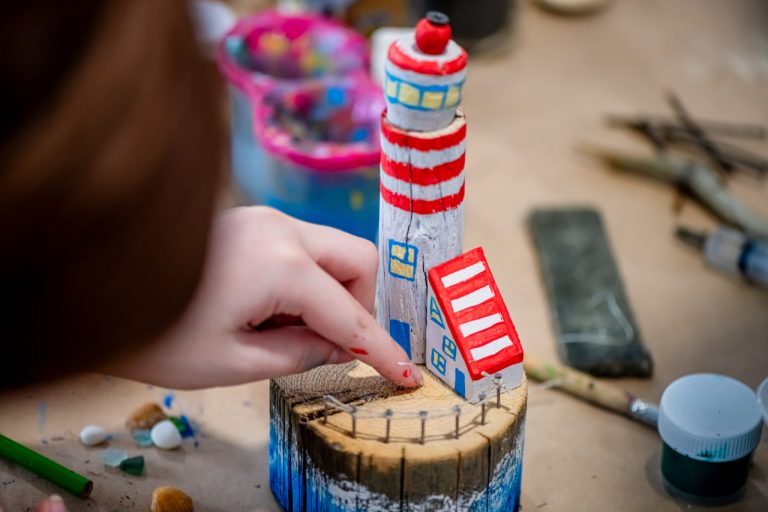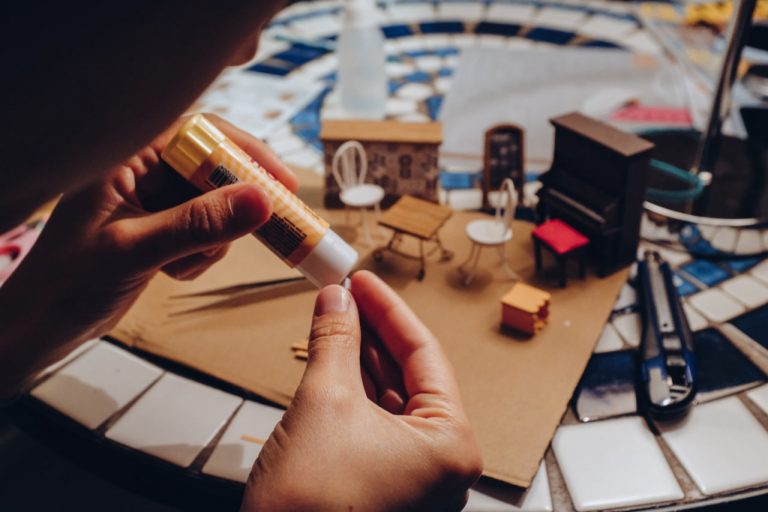How to Choose the Right Materials for Toy Making
Material choice is one of the most critical decisions in handmade toy making. The right fabric, wood, stuffing, or finishing detail can elevate a toy from simple to exceptional. Conversely, poor-quality or inappropriate materials can result in a toy that is unsafe, fragile, or uncomfortable to use—especially when made for children.
Whether you’re crafting plush toys, wooden puzzles, dolls, or soft sculptures, understanding how to choose the right materials is essential for ensuring quality, durability, and safety. This guide covers the main categories of materials used in toy making, how to evaluate them, and how to select the best ones for your specific project.
Understand the Purpose and Audience
Before you start selecting materials, clarify the purpose of the toy and who it’s intended for. A soft baby rattle has completely different material needs compared to a decorative felt animal or a wooden stacking toy for toddlers.
Ask yourself the following questions:
- Is this toy for a child, an infant, or a collector?
- Will it be played with frequently, or is it mainly decorative?
- Does it need to be washable or long-lasting?
- Should it be made from eco-friendly or hypoallergenic materials?
Once you have a clear understanding of the toy’s use and user, you can make more informed choices about materials.
Choosing the Right Fabric for Soft Toys
Fabric selection plays a major role in how a soft toy feels, looks, and lasts. Here are some of the most popular types of fabric used in toy making:
Cotton:
Cotton is a versatile, breathable, and washable fabric, making it ideal for children’s toys. It’s easy to sew and comes in endless prints and textures. Organic cotton is a good choice for eco-conscious or baby-safe designs.
Fleece:
Soft and fuzzy, fleece adds warmth and comfort. It stretches slightly and doesn’t fray, making it ideal for beginners. It’s a popular choice for plush animals and comfort toys.
Felt:
Felt is widely used in toy making for its stiffness, ease of cutting, and no-fray properties. Wool or wool-blend felt is more durable than acrylic felt, which is cheaper but less resistant to wear over time.
Minky or Plush Fabric:
This ultra-soft, velvety material is commonly used for baby toys and stuffed animals. While luxurious in texture, it can be slippery to sew and may require more skill.
Always consider washability and durability. Avoid fabrics that shed fibers or cannot withstand regular use if the toy is meant for children.
Selecting Stuffing and Fillers
The inside of a toy is just as important as the outside. The right stuffing affects the toy’s shape, softness, and weight.
Polyester Fiberfill:
One of the most common toy stuffings, polyester fiberfill is affordable, washable, and easy to use. However, it is synthetic and not biodegradable.
Cotton or Wool Stuffing:
Natural alternatives to synthetic fiberfill. These offer a firmer, more traditional feel and are biodegradable, though they can be more expensive and harder to clean.
Plastic Pellets or Beads:
Used to add weight to parts of a toy (like the base of a doll or a stuffed animal). Must be securely enclosed to avoid choking hazards for young children.
Fabric Scraps:
An eco-friendly and cost-effective option. Shredded fabric can be reused as stuffing, though it may lead to uneven or lumpy textures if not carefully packed.
Always test your stuffing choice on a sample before committing to a full project.
Wood and Hard Materials for Durable Toys
For wooden toys like blocks, cars, and puzzles, choosing the right wood ensures safety, longevity, and ease of shaping.
Beech, Maple, and Birch:
These hardwoods are strong, smooth, and splinter-resistant, making them ideal for children’s toys. They can be sanded to a soft finish and take paint or sealant well.
Pine and Other Softwoods:
More affordable and easier to carve, but they dent more easily and may splinter if not sanded properly. Not recommended for high-wear toys.
Non-Toxic Finishes:
If you’re painting or sealing wood toys, use non-toxic, water-based paints and finishes that comply with child safety standards. Look for products labeled as EN71-3 compliant or certified for toy use.
Ensure all edges and corners are rounded, and all surfaces are sanded smooth before finishing.
Details, Embellishments, and Safety Considerations
Buttons, zippers, eyes, and decorations can enhance a toy’s character—but they also present safety risks if chosen carelessly.
Buttons and Plastic Eyes:
Best reserved for toys for older children or decorative pieces. For baby toys, consider embroidered or felt eyes instead to avoid choking hazards.
Zippers, Velcro, and Snaps:
Functional closures should be securely sewn and made of child-safe materials. Avoid small parts or rough edges.
Thread and Stitching:
Use strong polyester or heavy-duty cotton thread to ensure seams hold up during play. Reinforce stress points, especially on limbs and joints.
Glue:
If glue is used for assembly, choose a non-toxic adhesive designed for fabric or wood and ensure it cures completely before use.
Testing and Reviewing Materials
Before starting a full-scale project, always test your chosen materials together. Try sewing, stuffing, or sanding on small swatches to see how they behave. Check for:
- Fraying or stretching
- Colorfastness (especially after washing)
- Shrinkage or deformation
- Compatibility between materials
If you’re making toys for sale or for babies, research toy safety regulations in your country. Materials should comply with local standards, and testing may be required.




